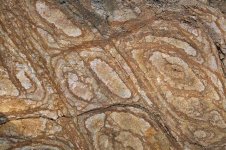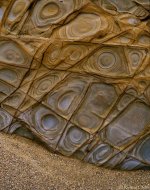Deniseslastone
Greenie
- Dec 4, 2022
- 11
- 17
I have this rock ...well i think its a rock . It has like hair or something on it...its kinda heavy and when i peel the hair off it appwars to be made up of these hair like strands ..it is gray in colors but the hairlike things when pulled off are white












